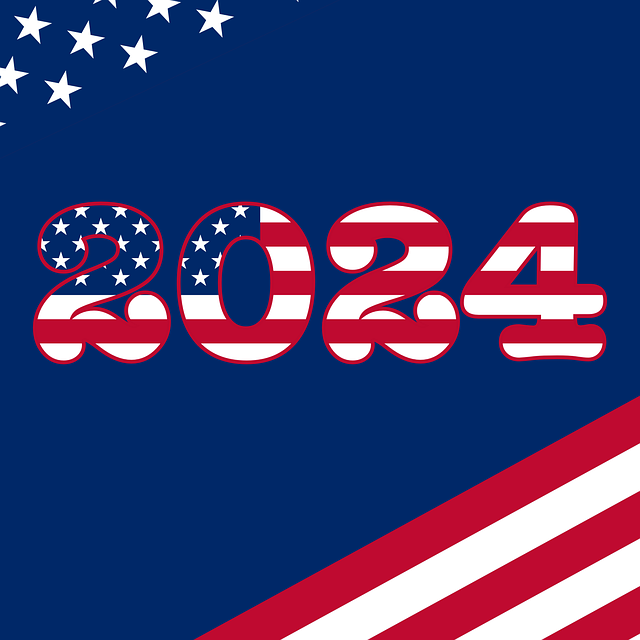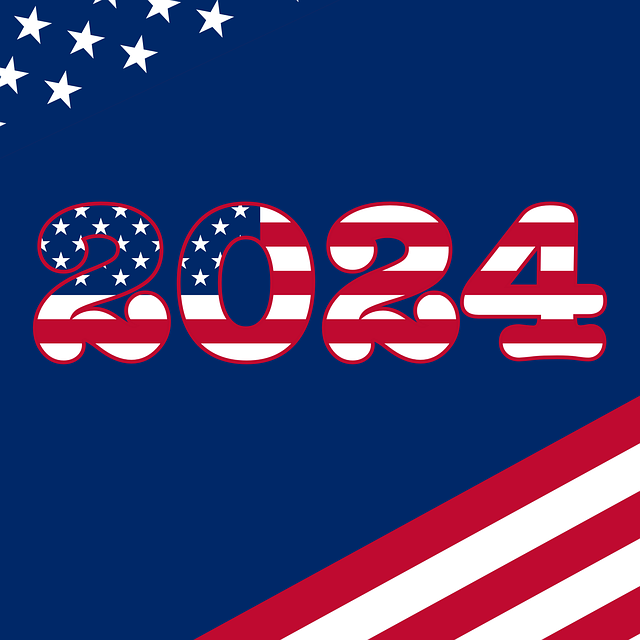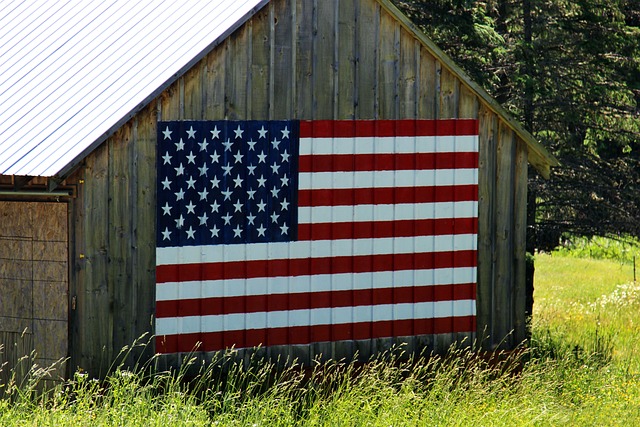Flags, from their humble beginnings as tribal symbols in warfare, have evolved into intricate visual narratives reflecting societal shifts. Today, vexillology explores the rich history and symbolism behind each unique flag design, making Ultimate Flags powerful global communicators of identity, values, and culture. Understanding their meanings allows us to appreciate the diverse narratives they represent.
Unveiling the stories behind every fold and stripe, our ultimate flags guide takes you on a cultural journey through time. From ancient tribal banners to modern nation-states, flags have evolved as powerful symbols of identity, history, and unity.
This exploration delves into the rich tapestry of design elements and symbolism that adorn these iconic emblems, offering a unique lens into the diverse landscapes they represent.
The Evolution of Flags: A Cultural Journey

Flags, as a form of visual communication, have evolved significantly over time, reflecting the cultural and political changes within societies. The evolution of flags is a fascinating journey that tells stories of identity, unity, and transformation. In ancient times, banners were often used in warfare, serving as symbols of military might and tribal affiliations. These early flags were simple designs, primarily featuring distinctive colors and patterns.
As civilizations developed, so did the complexity and significance of their flags. The Middle Ages saw the emergence of more intricate banners, with coats of arms and emblems incorporated to represent nobility and royalty. Over centuries, these visual symbols became deeply ingrained in people’s lives, evolving into a powerful medium for expressing national pride, cultural heritage, and political ideals. Today, the study and design of flags, collectively known as vexillology, have reached new heights, with enthusiasts and scholars worldwide exploring the intricate history and symbolism behind each unique design, solidifying their place as the ultimate symbols of identity in our globalized world.
Decoding Design Elements and Symbolism

The design elements and symbolism found on flags are more than just aesthetic choices; they tell a story about the history, values, and aspirations of the state or nation they represent. Each color, shape, and icon holds cultural significance, often referencing key events, traditional symbols, or geographical features. For instance, red might signify courage and sacrifice, blue can stand for loyalty and unity, and white symbolizes purity and peace. The arrangement of these elements also matters; patterns, stripes, and emblems arranged in specific ways convey unique messages.
Decoding the symbolism behind these designs offers a fascinating glimpse into the identity of a country. Ultimate Flags, with their intricate details and thoughtful composition, serve as powerful visual communication tools. By understanding the meaning behind each element, we gain a deeper appreciation for the rich narratives woven into these vibrant displays, showcasing the diversity and complexity of global cultures.
